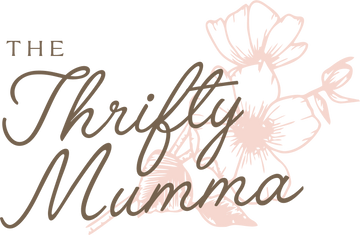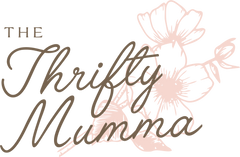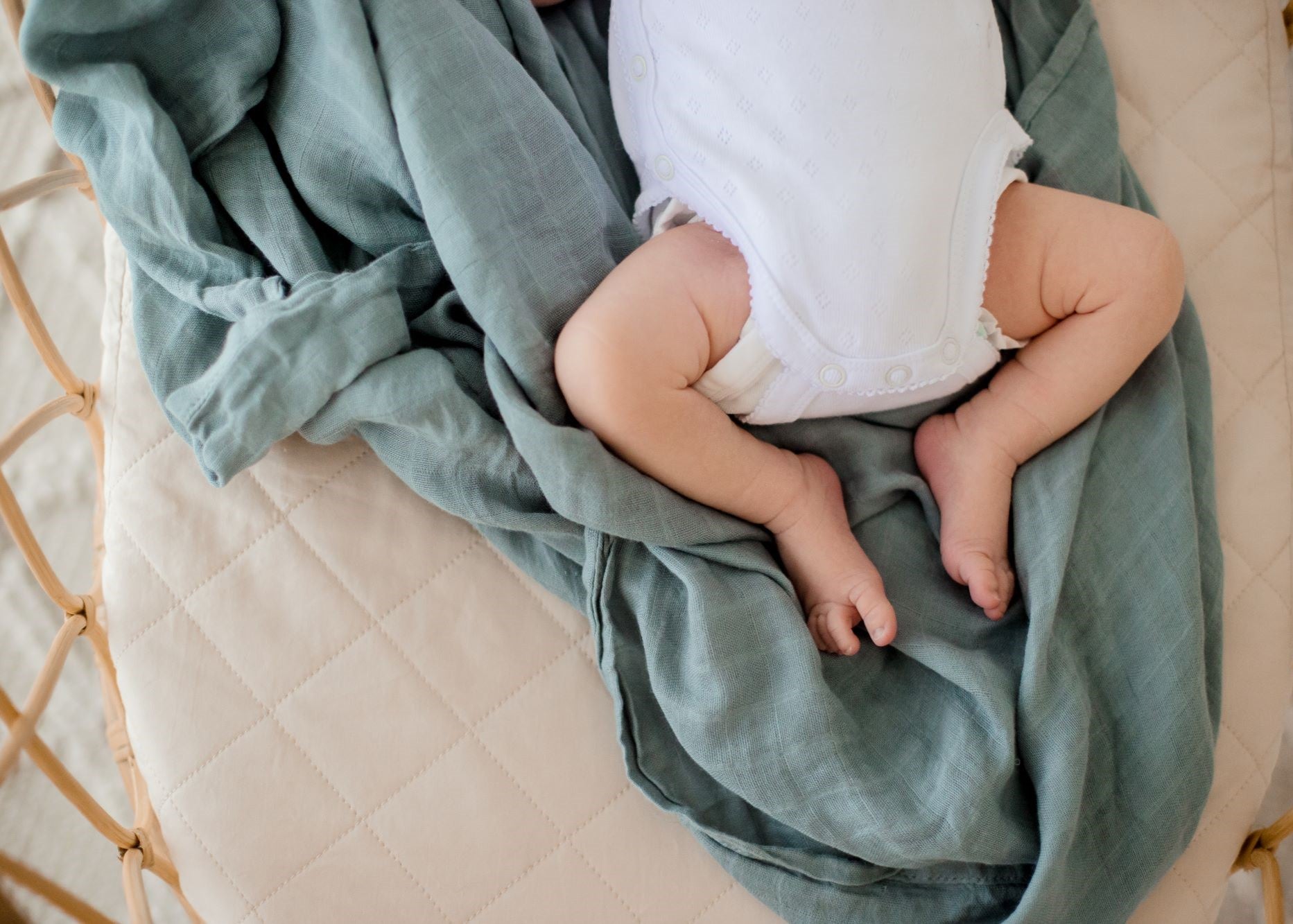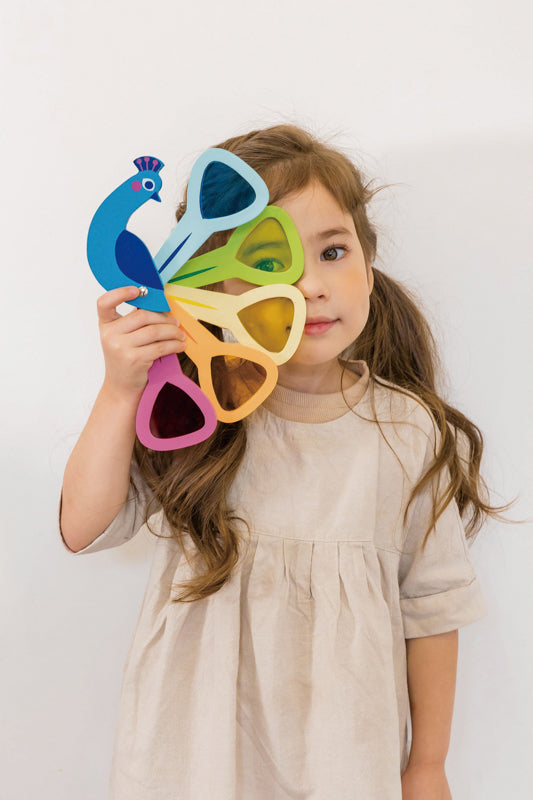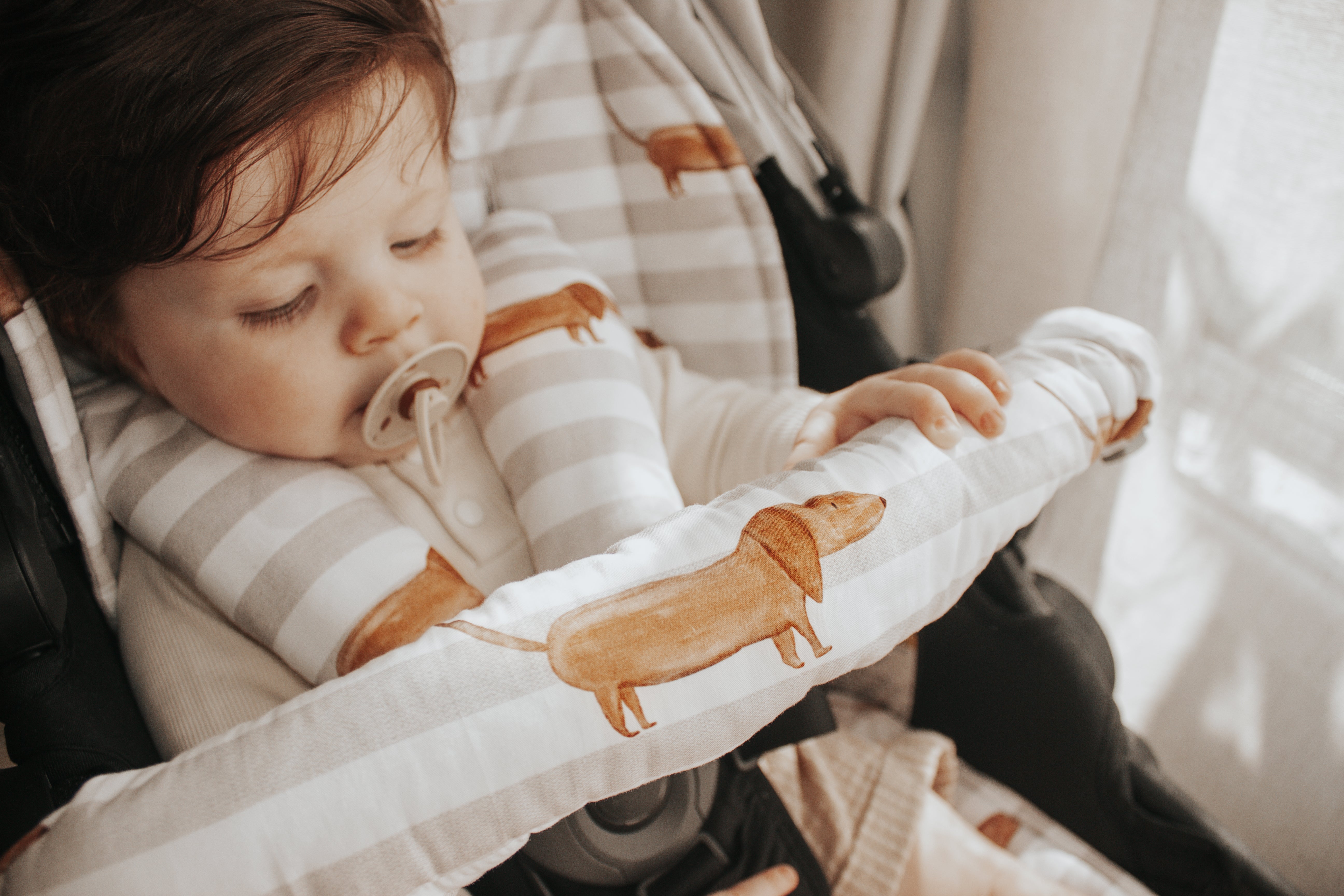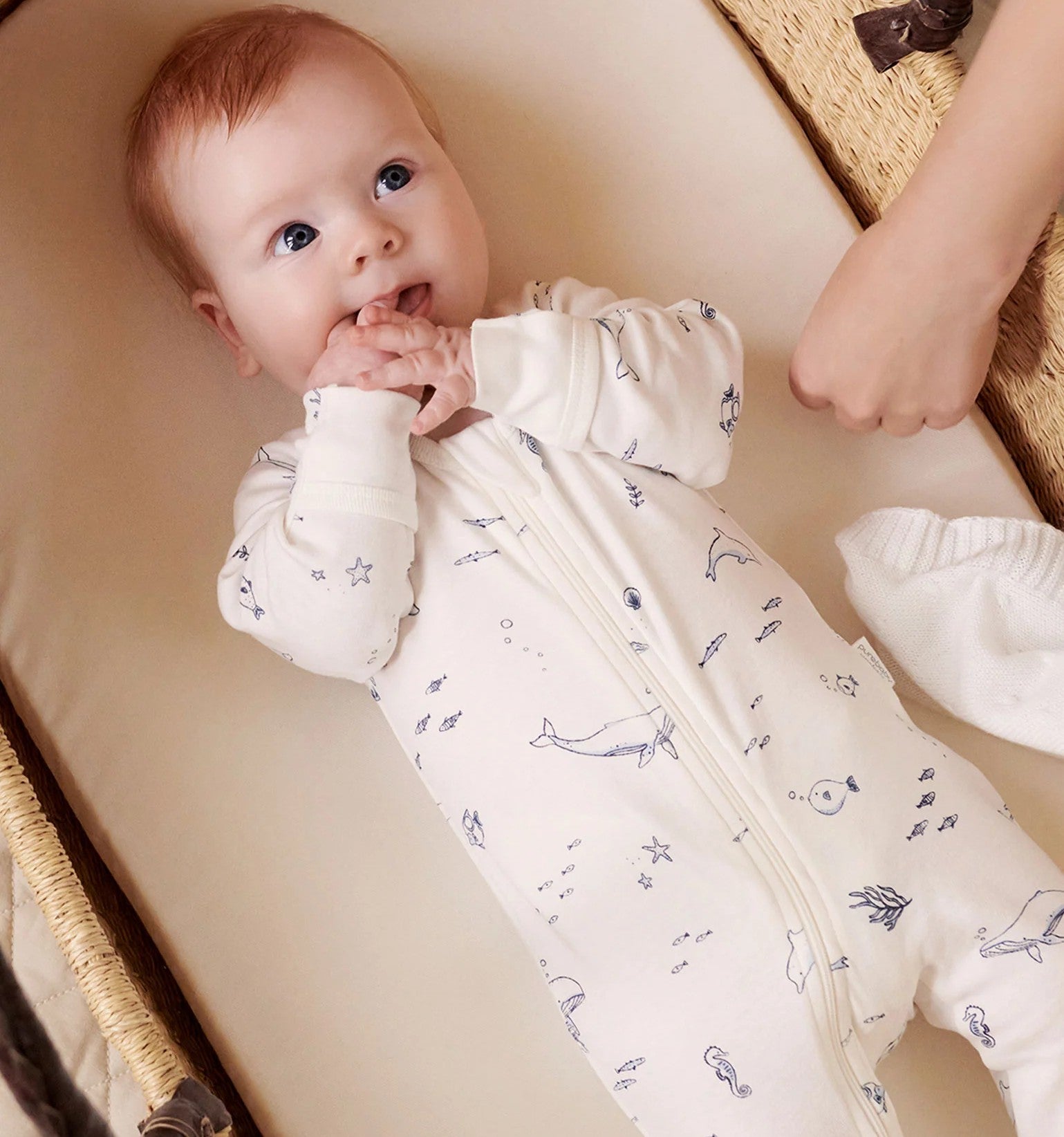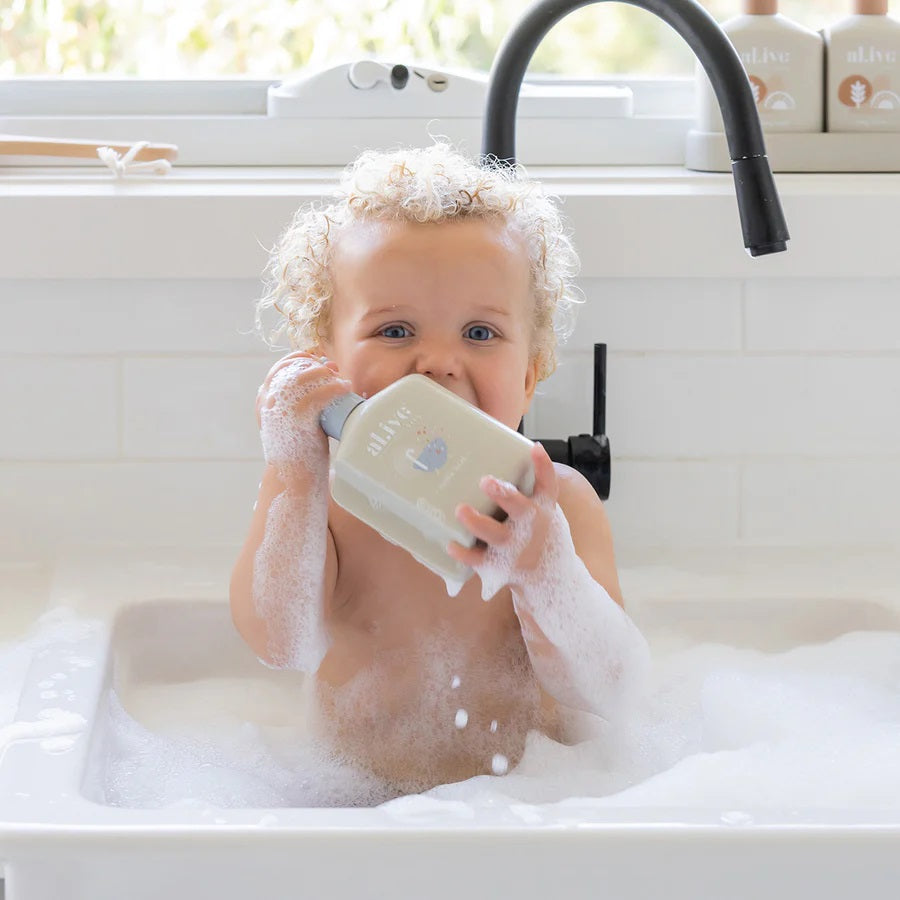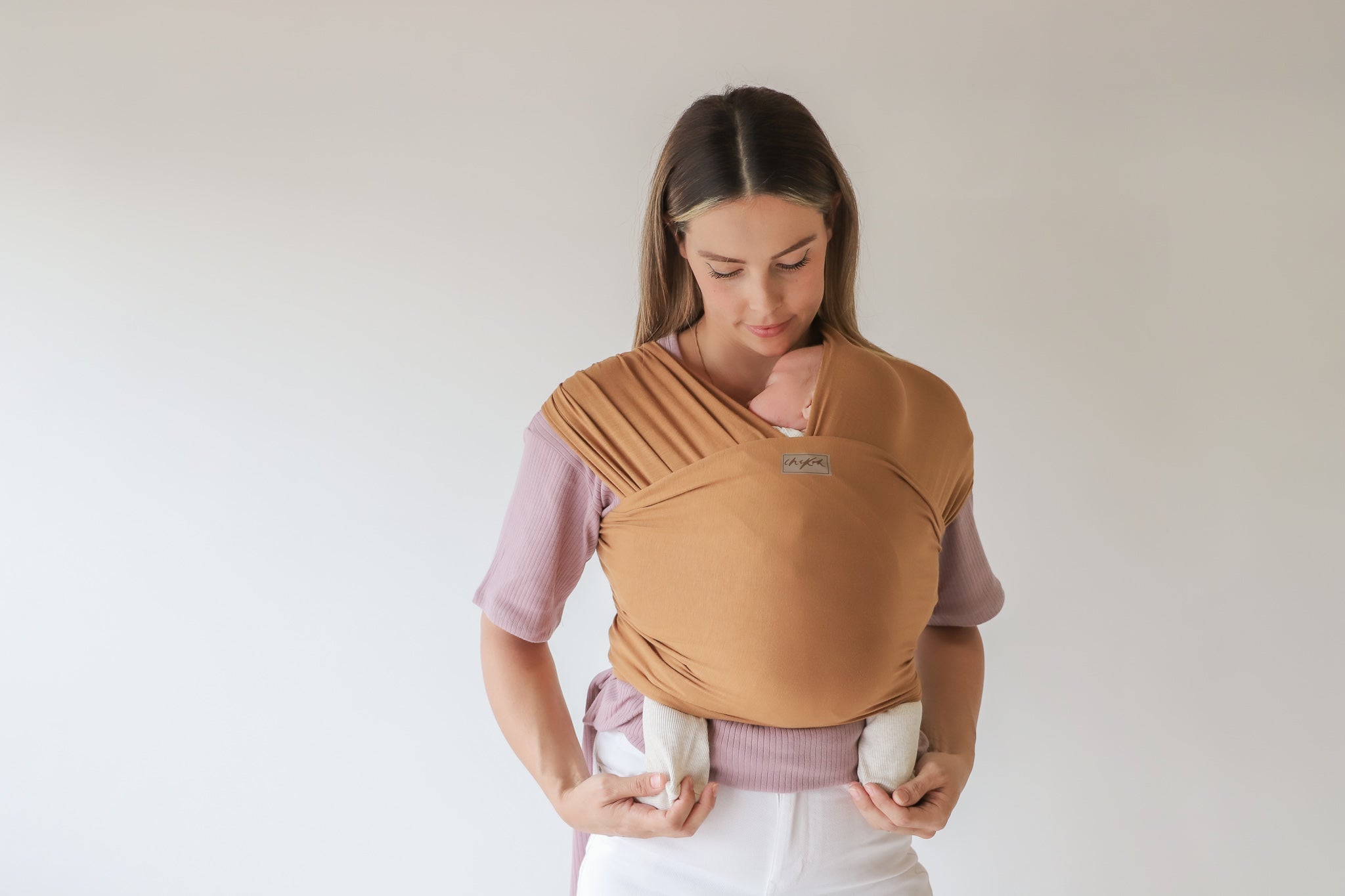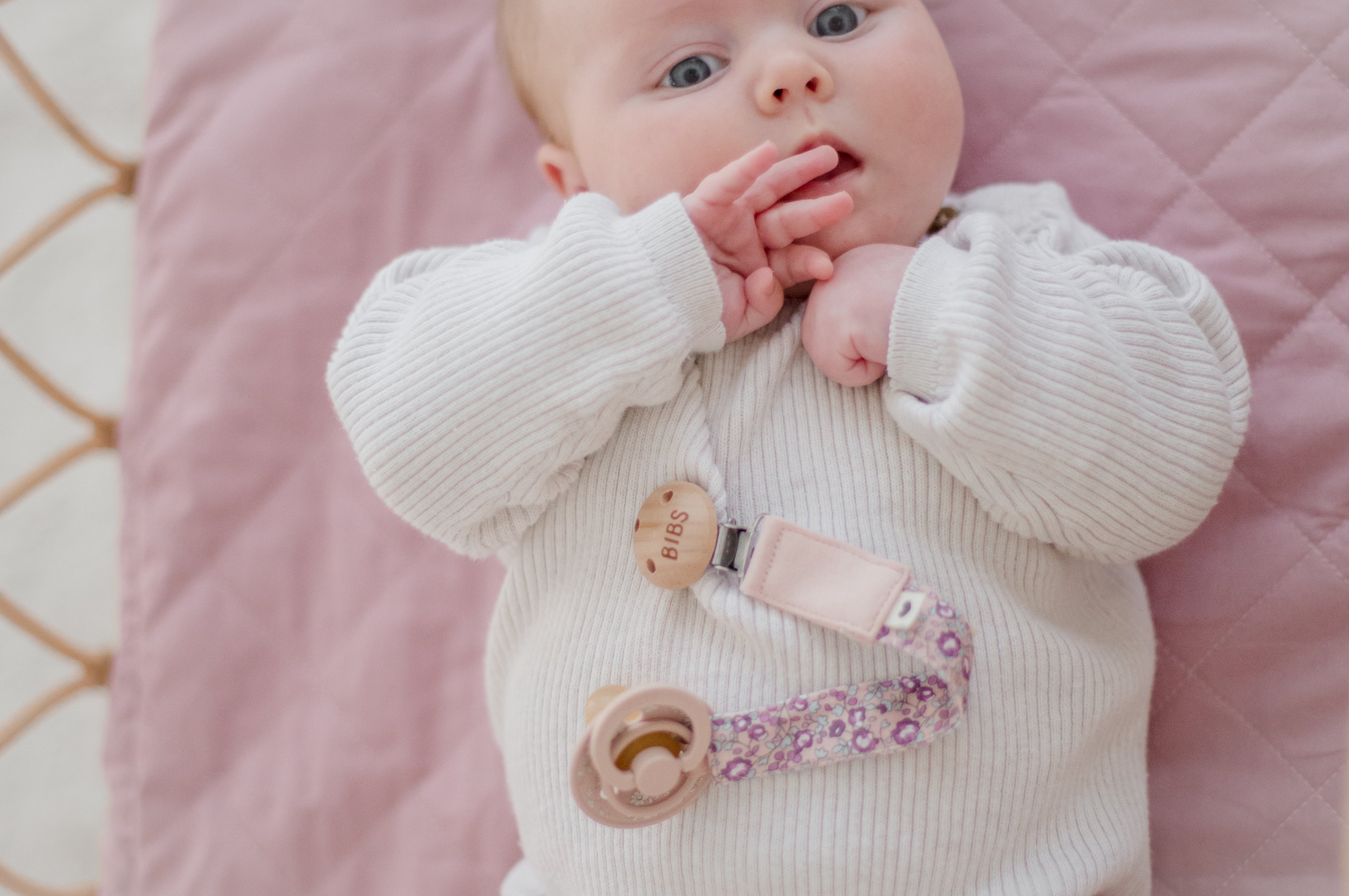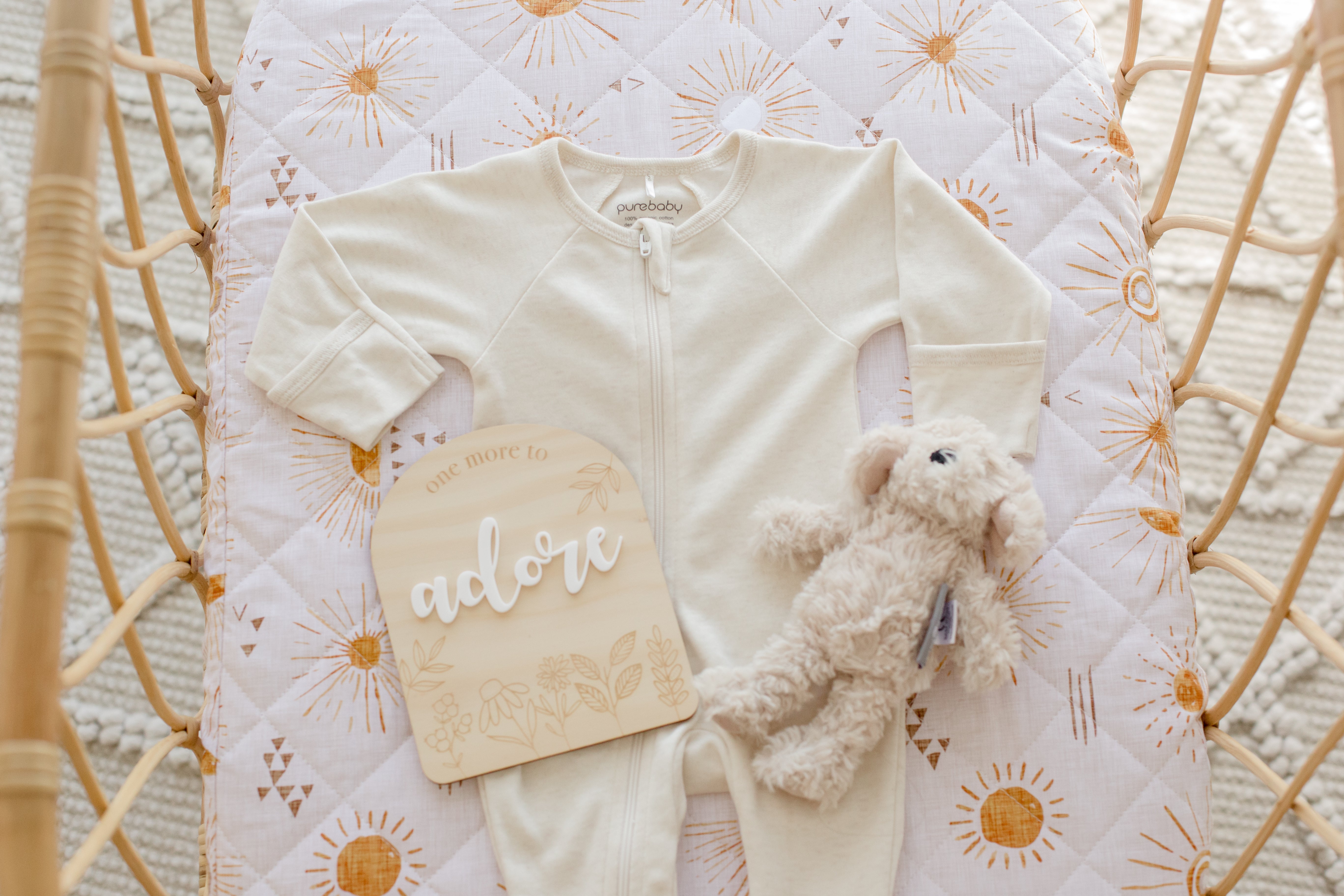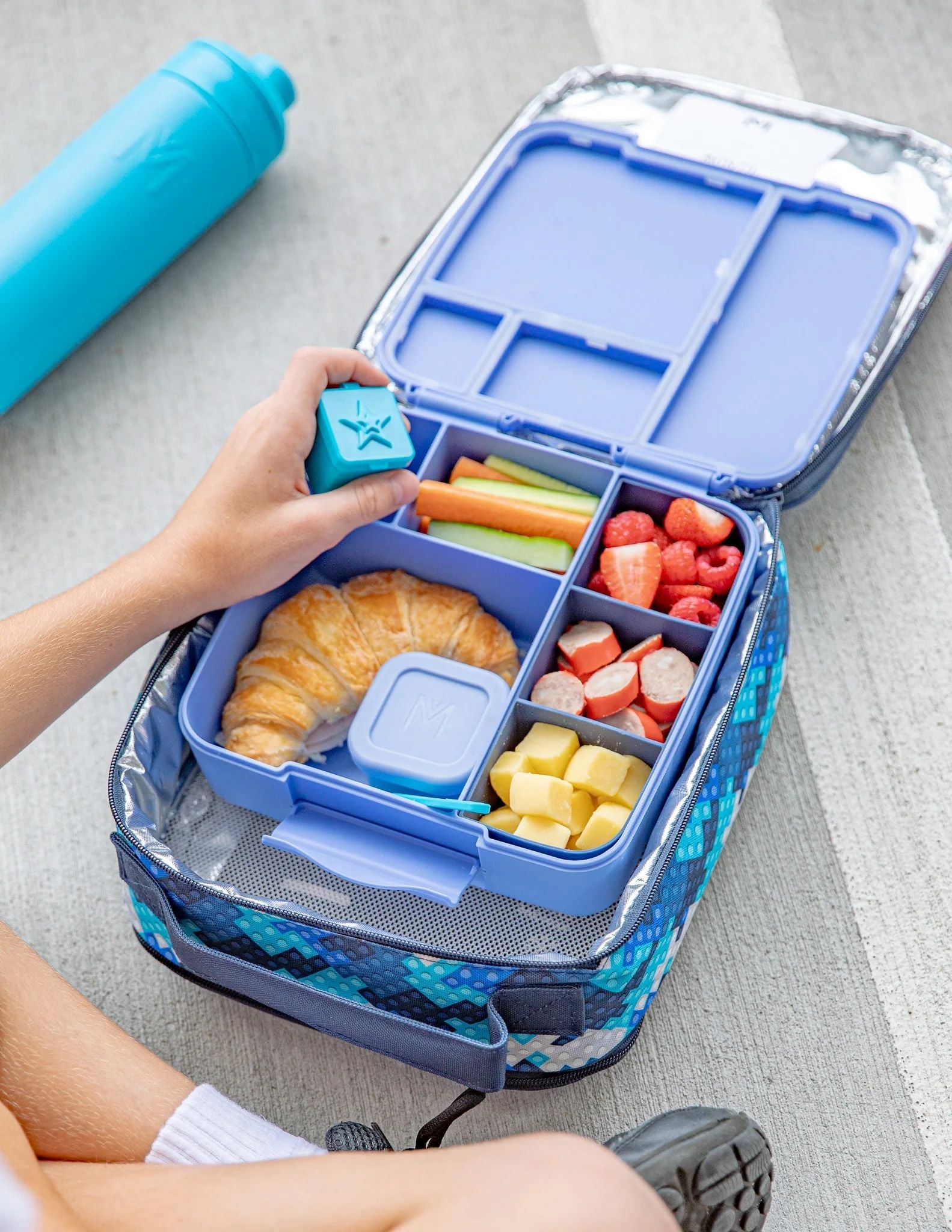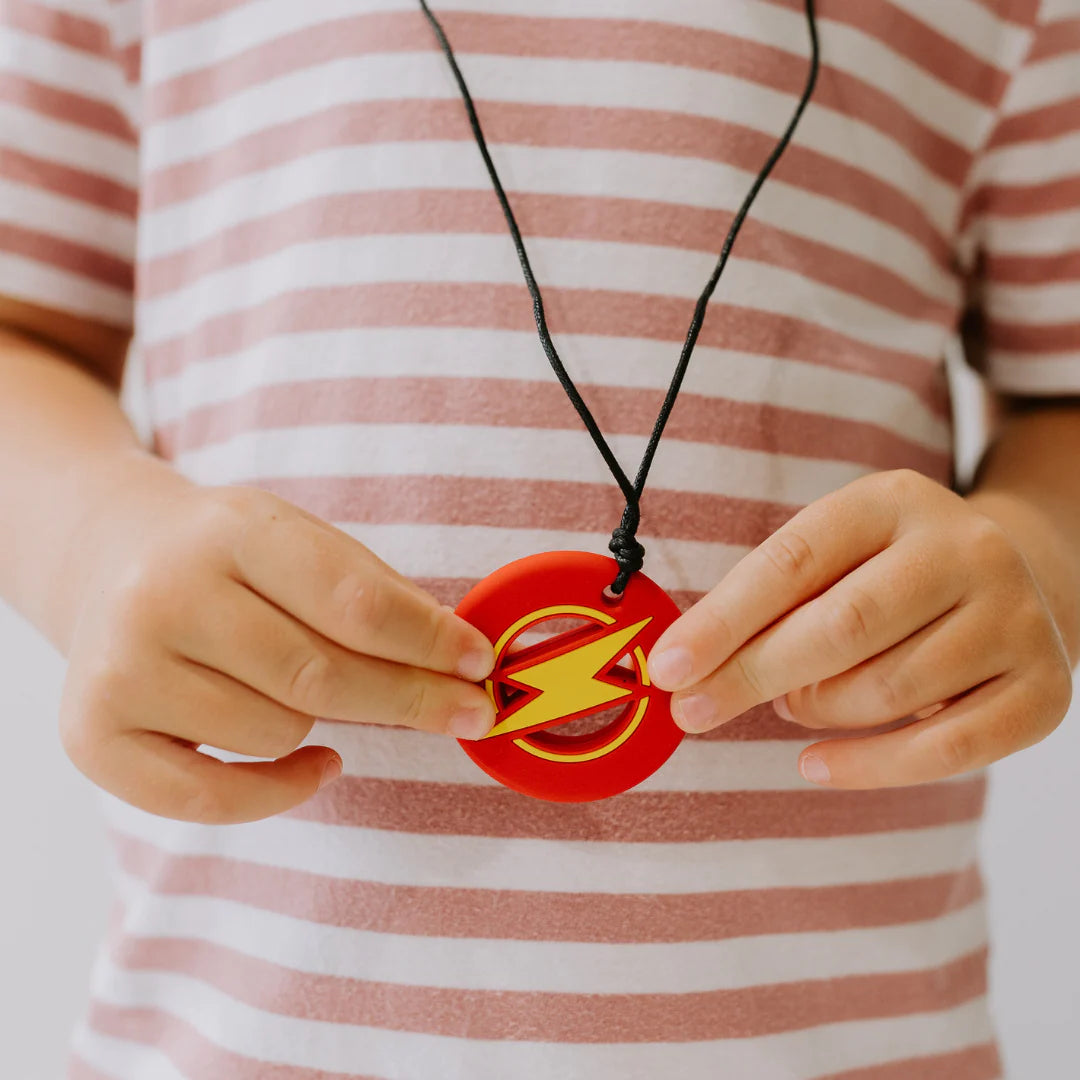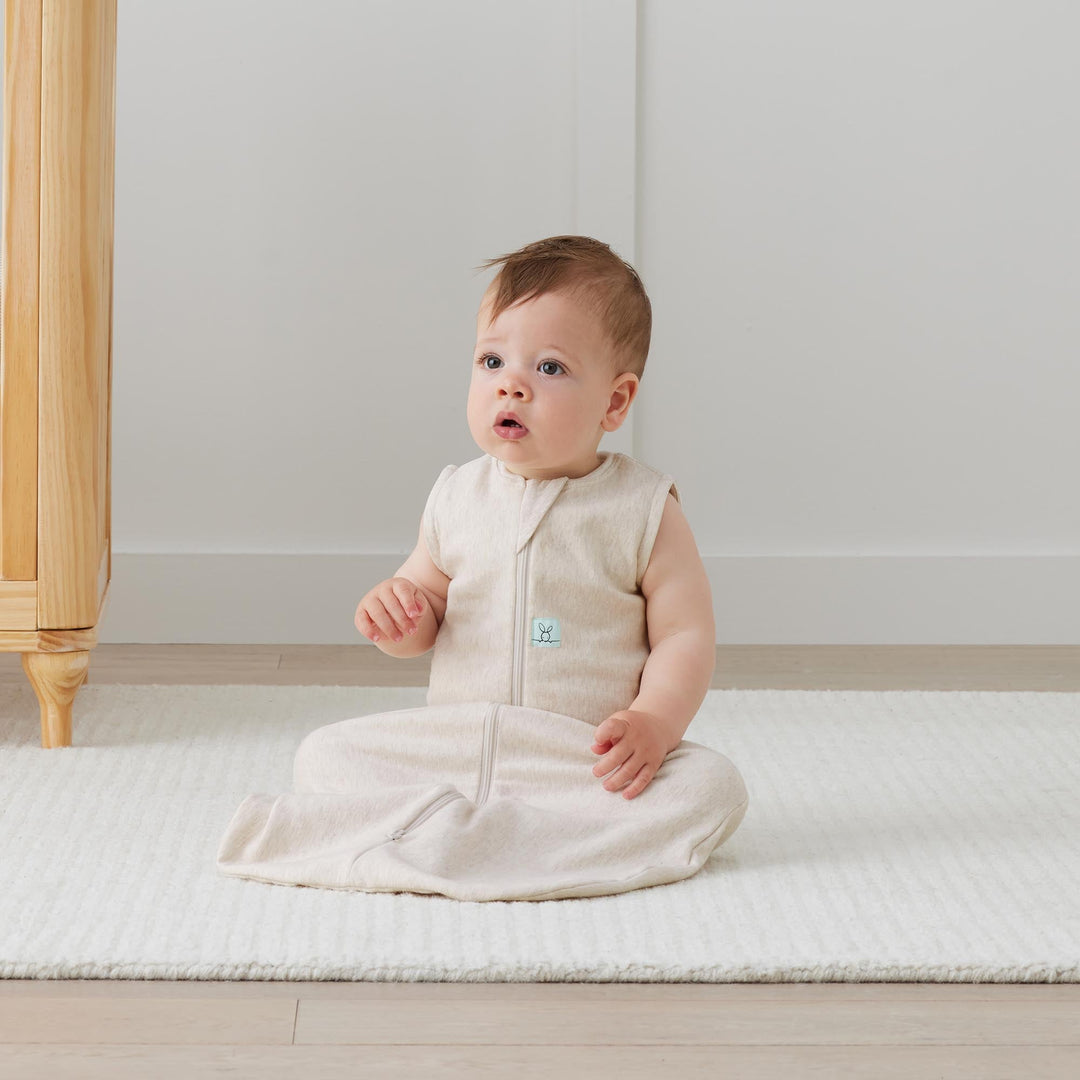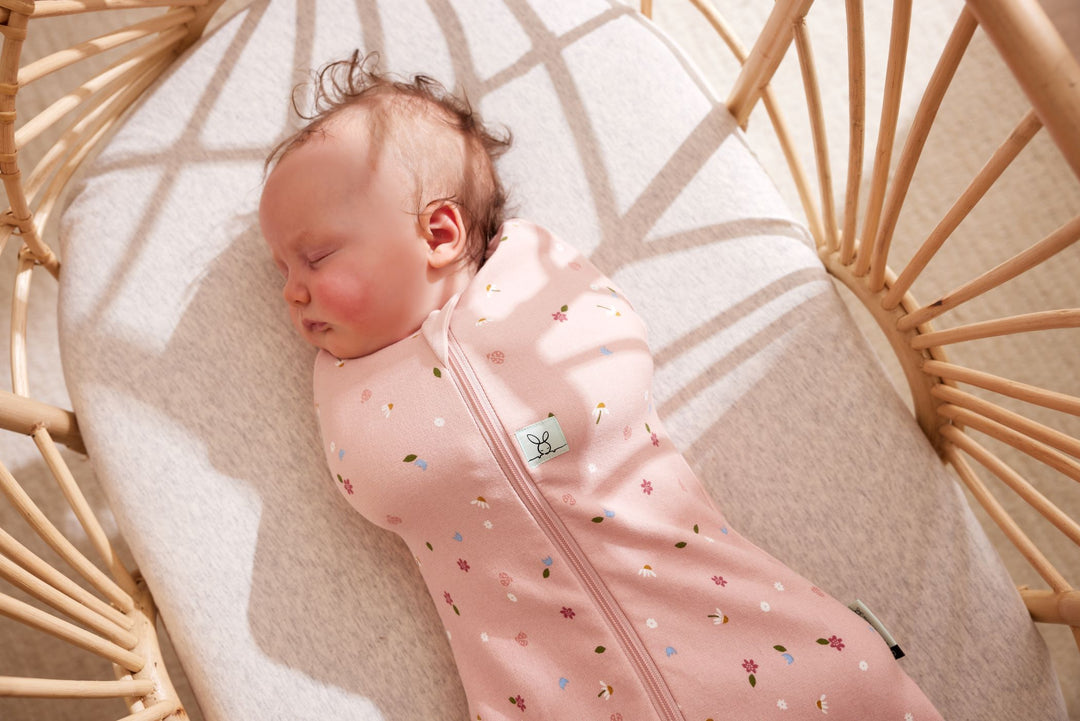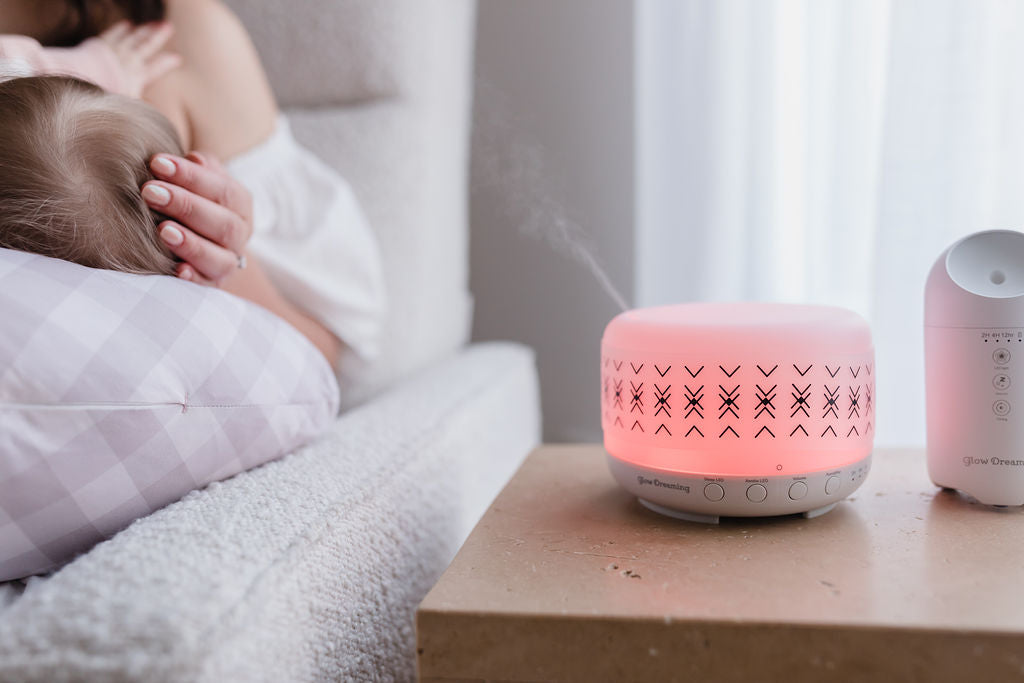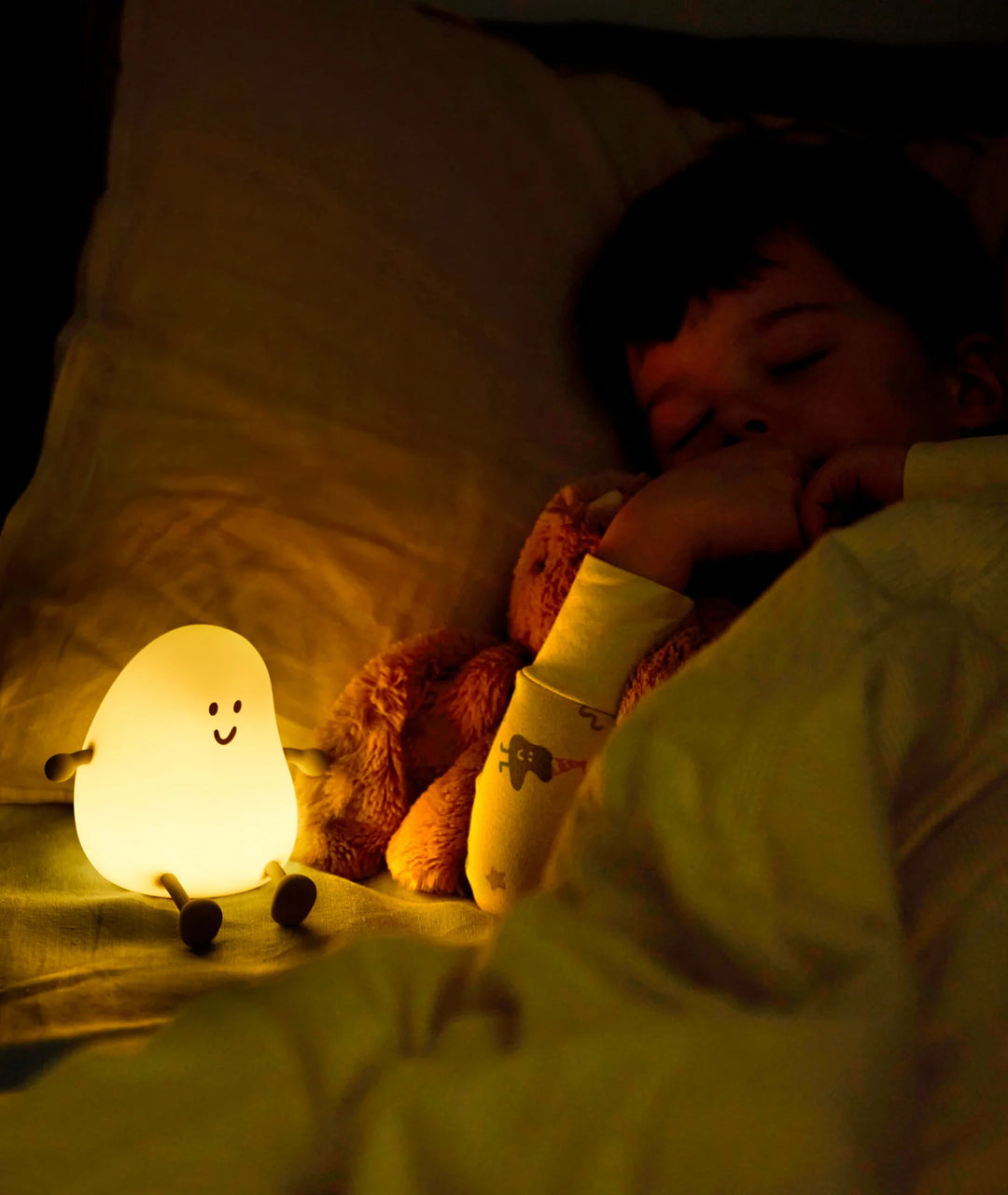We are excited to be new stocking the new BIBS baby glass bottles. What makes them so great? Here's everything you need to know!
They are made of borosilicate glass
The bottle is made of first-class borosilicate glass, that is temperature- and thermal shock-resistant, durable, shatter-resistant, and more. The baby bottle withstands freezing, thawing in boiling water, microwave heating, and dishwasher cleaning.
Further, it does not emit microplastics or other harmful toxins.
They are made of food-grade material
All other parts are made of 100% safe food-grade material.
Easy to clean
Glass does not damage easily, and our baby bottles do not get scratches and abrasions that hold onto bacteria and other residues, making it easy to clean and sanitize. And it goes in the dishwasher. NB: Do not clean the latex nipple in the dishwasher! This will break the nipple. The nipple should be sterilized by scalding.
Natural rubber latex nipple with breast-like nipples
The nipple is produced from natural rubber latex. Natural rubber latex is a natural material made from a sticky milky fluid tapped from the Hevea tree. The fluid is refined to the brown/yellow rubber you know from your pacifiers; a super soft, elastic, and resilient material very much resembling the mother’s soft nipple. The round nipple matches the nipple from our popular BIBS Colour pacifier, which is designed to mimic the mother’s soft nipple in shape and size. This is to prevent “nipple”-confusion if you are both breastfeeding and supplementing with a bottle.
They have an anti-colic function
The nipple is designed with a valve for a smooth milk flow, that reduces air swallowed while feeding.
They come with a foldable funnel & a milk lock
The funnel makes it easy for you to fill up the bottle with less milk/formula waste. As well as a milk lock for easy and hygienic storage. It can be placed under the screwcap and cap. This makes it easy for you to take the bottle with you on the go, without having to worry about spilling the milk in your bag or the stroller.
All babies are unique in their way. They have different needs, different preferences, and different sucking techniques when being fed. To accommodate this, our range of bottle nipples has different flow rates to meet your baby’s unique needs. The flow rate refers to the size of the hole(s) in the nipple, affecting how quickly milk flows into your baby’s mouth.
The baby bottle nipples are available with both slow and medium flow - suitable for both milk and water.
Flow rate guide:
Since all babies are unique, it might be necessary to try out different flow rates to find the flow that suits your baby’s feeding habits.
However, for newborn babies, a slow flow rate is recommended for slowing down bottle-feeding to better mimic breastfeeding, to better control milk intake, and secure babies do not overeat. Normally, will the flow rate change over time as the baby grows, and the older the baby gets he or she will prefer a faster flow rate.
However, every child is different, and many factors determine which flow rate suits your child! That is also why we have not age-specified our nipples and their flow rate.
Breastfed vs. formula fed baby
When giving a breastfeeding baby a bottle, registered nurse Kirsten Lise Andersen recommends, that you always use a bottle nipple with a slow flow. This is because breastfed babies are used to working for the milk during breastfeeding since it is harder for the baby to suck out milk from a breast than a bottle. The flow rate must reflect the flow from the breast. If it is too easy for the baby, he or she might start to get lazy or even refuse the breast.
It should take approx. 15-20 minutes to finish a bottle. If it is much faster you should consider a slower flow, and if it is much slower you should consider a faster flow.
If your baby is not breastfed, you don’t have to mimic the breast as much. To find the right flow rate you can follow the following signs:
Signs that the flow rate is too slow:
- The baby becomes impatient or aggravated when eating.
- It takes longer than 15-20 minutes to finish a bottle or the baby falls asleep during eating.
Signs that the flow rate is too fast:
- The baby is gulping.
- The baby is coughing.
- The baby is choking.
- The baby is swallowing too much air.
BIBS baby bottles are also great for storing your breast milk (if you express regularly) and using it with your breast milk for ‘on the go’ feeding.
The most important thing is that you choose what is right for you and your child, so you get a full and satisfied baby. Feeding your child – one way or another – should be comfortable for both parents and baby and is a time where you bond and create a beautiful connection together.

